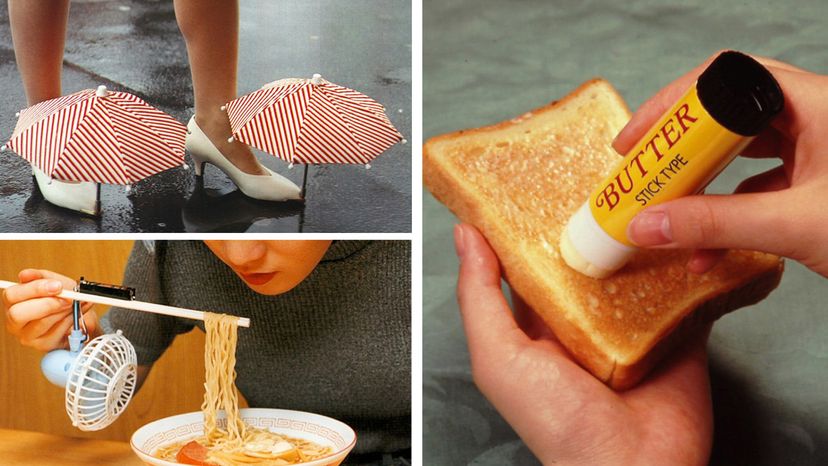
Pretty much everything we do now has a purpose. We curate an Instagram account to become an influencer; we play video games on Twitch to build an audience; we sew and forge and paint and then sell our works on Etsy. It's all pretty exhausting, and it's making the fun stuff less fun.
Meet chindogu, the art and craft of inventing things that are (almost) useless but a whole lot of fun. How useless? Take invention No. 189 from the exhibit halls of the International Chindogu Society: the AC Free Charger. It recharges a rechargeable battery ... using power from 12 other batteries. Or invention No. 341, The Sock Closet. It's just what it sounds like. A tiny closet for your socks. There are loads more chindogu pieces that take inventing to a whole new level. Hovercraft dog bed anyone?
Advertisement

